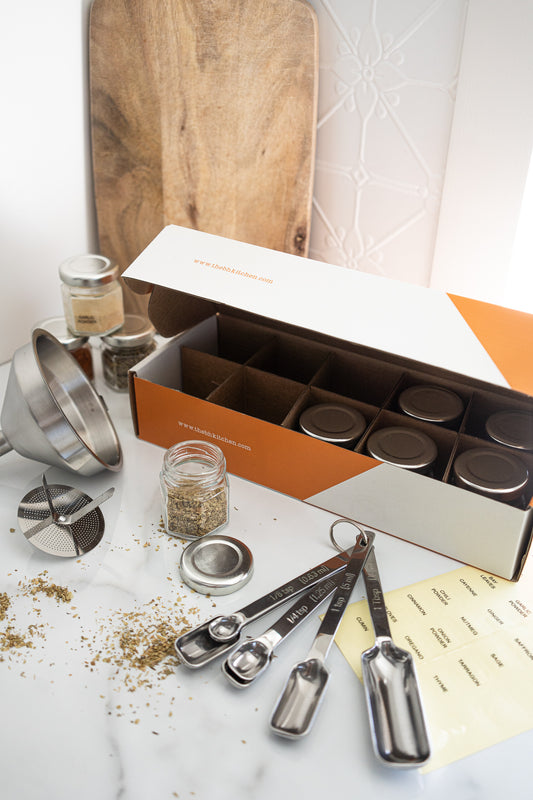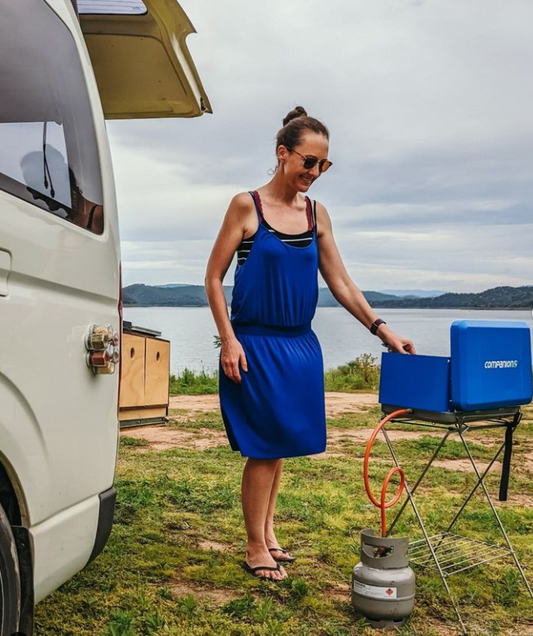
Herbs are an essential part of any garden, and companion planting can help maximise their flavour, health and productivity. When herbs are planted together in a strategic way, they can make good use of the available space while attracting beneficial insects to the area. This is especially true when growing herbs during colder months like winter.
Companion planting is all about utilising the benefits of different plants that are often grown in close proximity to one another. Herbs have unique properties, like repelling certain pests or attracting pollinators, that allow them to work well with other plants in the garden. During wintertime, this type of gardening technique can be a great way to promote healthy growth for your herbs even when temperatures drop below freezing. Planting certain herbs together will also provide you with vegetables and seasonings for your culinary creations throughout the cold season.
Basil & Chives
Basil and chives are two herbs that can be planted side by side in the garden, or grown together indoors as a delicious addition to any meal. The two herbs offer many complementary flavours and textures, with basil offering a pungent and bold flavour while chives provide a mild onion-like flavour. Not only do they make an excellent combination for sauces, salads, soups, and other dishes, but they also work well in tandem when it comes to planting them in your garden or keeping them indoors.
Basil is an ideal companion for chives since it's able to thrive in warm temperatures making it easy to tend year round. Chives can handle cooler temperatures better than basil which means that if you're growing them inside during winter months, the more temperature sensitive basil will still have plenty of protection from the elements.
Parsley & Dill
Most gardeners would agree that parsley and dill are two of the most popular herbs to grow together in a home garden. Both herbs are easy to maintain, have many culinary uses, and are used often in salads, sauces, and even soups. Parsley is a fragrant biennial herb with broad leaves that can be used as garnish or an accent flavour. Dill is an annual herb with feathery leaves that has a mild but distinct taste.
When planting parsley and dill together make sure they both receive enough sunlight. Direct sunshine for at least six hours per day should give them plenty of light to thrive in your garden. When it comes to watering them, both herbs prefer moist soil but will tolerate drier conditions if needed.
Mint & Oregano
Mint and oregano are two of the most popular herbs used in cooking, which makes them a natural combination to grow together. The two herbs have similar growing requirements, so when planted side-by-side they can thrive in the same soil and climate. This also allows gardeners to conserve space while still having plenty of delicious flavours to work with.
In addition to taking up less room in the garden, mint and oregano make great companion plants for one another. Mint helps repel pests from other plants, while oregano has natural antibacterial properties that help protect its neighbour from disease. Growing these two herbs together is an easy way to ensure that your garden stays healthy and plentiful throughout the growing season.
Cilantro & Marjoram
Cilantro and marjoram are two herbs that pair incredibly well together in a number of recipes. Whether you’re looking to add flavour to a summer salad or an aromatic kick to your favourite soup, cilantro and marjoram are the perfect combination. Cilantro has a tangy, slightly spicy flavour, while marjoram is sweet and herbaceous. The combination of these flavours creates an earthy, vibrant taste that enhances the overall flavour of any dish.
These herbs also pair well with other common kitchen staples such as garlic, onion, and basil. Together they create a robust depth of flavour that can take any recipe from ordinary to extraordinary. They’re also great for adding texture and colour to dishes like stir-fries or rice dishes.
Thyme & Sage
Thyme & Sage is a classic duo of herbs that have been used together in cooking for centuries. They are both incredibly versatile and can be used in a variety of dishes, from savoury stews to sweet desserts. Each herb has its own distinct flavour profile and when combined, they create an earthy and robust flavour that compliments many types of cuisine. Not only do these two herbs pair perfectly together, but they also grow well when planted side by side.
Thyme is an easy-to-grow perennial herb with fragrant leaves that are often used as a seasoning in soups, stews, salads, sauces, and other dishes. The small leaves are packed with intense flavour and aroma which make it one of the best herbs for culinary use.
Rosemary & Lavender
Rosemary and lavender are two of the most popular herbs for both culinary and medicinal use. Whether you’re looking for a fragrant addition to your garden or an herb blend to add flavour to a recipe, these two herbs pair together beautifully. Not only do they have complementary aromas, but they also have similar cultural preferences in terms of soil and sun exposure. These hardy plants make a great match for any gardening enthusiast looking to maximise their space.
The aromatic quality of rosemary makes it a great choice for adding depth of flavour to meat dishes, while its anti-inflammatory qualities can help relieve indigestion symptoms. Lavender has been used in traditional medicine as an antiseptic and sedative, with evidence that it can be used to reduce anxiety.
Conclusion: Combine And Shine
Herbs add flavour to any meal, but they can also offer health benefits when grown together. When planted together in a garden, herbs help each other grow stronger and healthier by providing essential nutrients and repelling pests. Research has shown that certain herb combinations work better than others for maximum growth potential.
Growing herbs in close proximity dramatically increases their microbial environment. Plants grown next to each other share beneficial microbes that help boost their immunity to disease-causing bacteria and fungi while increasing nutrient uptake from the soil's organic matter. This leads to increased yields as well as improved pest resistance among your herb plants.



